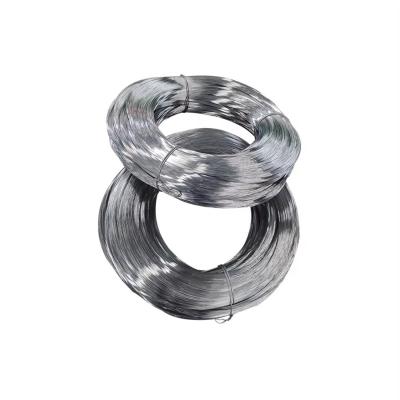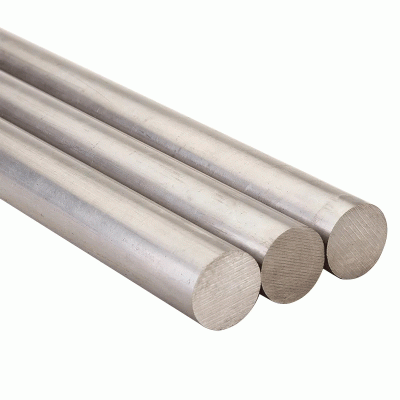AISI 316 Stainless Steel: Specification and Datasheet
SAE / ANSI / AISI 316 is the second most commonly available/widely used type of stainless steel after the SAE/ANSI/AISI 304. Considered the generic workhorse, SS 304 can serve in most situations with great success. However, while both are typically used in industry, SS AISI 316 is used in even harsher environments where there is a need for:
Greater corrosion resistance
Greater tensile strength at higher operating temperatures
Acidic resistance of solutions of nitric acid of concentration as high as 5% at 50 °C
Phosphoric acid of concentration of up to 20% at 100 °C
In comparison, SS AISI 316 boasts better resistance to chloride-rich conditions than the typical SS 304 thanks to the molybdenum addition.
Uses for SS AISI 316
Also known as surgical stainless steel, marine steel, 316S16 (as per the British Standard), SS 316 is an austenitic chromium-nickel alloy. As a consequence it:
Has a very high corrosion resistance
Is generally nonmagnetic
Can perform well at a very wide temperature range (-150 to 950 °C).
It is also worth noting that SS AISI 316 can withstand extremely corrosive environments and is easily shaped, welded and machined. Using standard fusion methods, it is very popular in a wide range of applications including the following sectors:
Medical equipment
Aerospace engineering
Food processing equipment
Storage tanks and transport tanks for chemicals
Nuclear plants (cladding of fuel rods)
Textile dyeing and/or bleaching machines
Rubber and paper pulp production plants
Screens for mining plants
Quarrying and water filtration systems
Springs, bolts, screws and nuts
Marine engineering and boat fittings
Cryogenics
Additional reasons why AISI 316 is used in the aforementioned sectors include:
An aesthetically pleasing appearance
Easiness in cleaning
Relatively high-strength to weight ratio
Relatively high availability in many different forms



